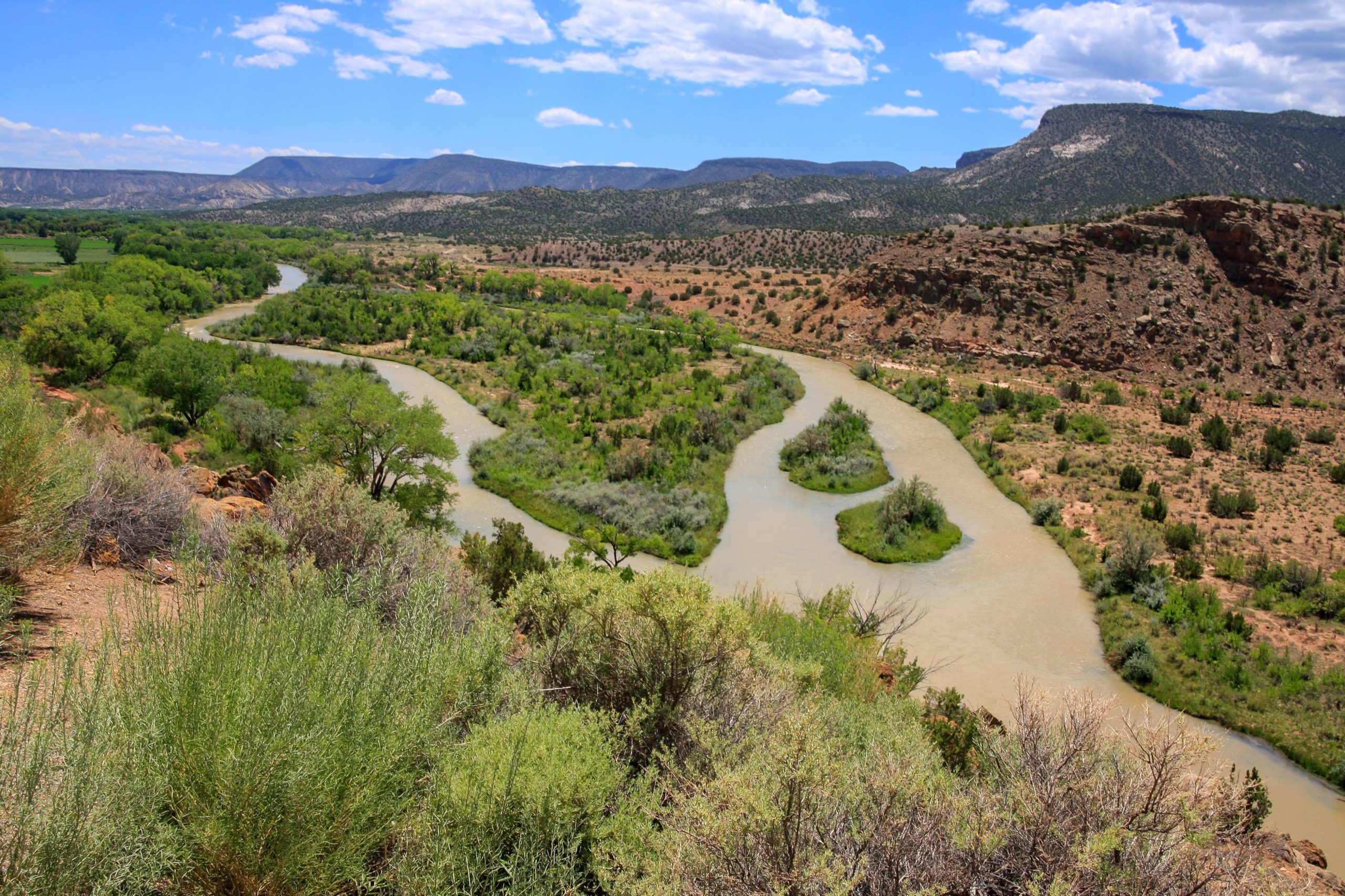Researchers are clear that cutting the fossil fuel burning that releases carbon dioxide is the most important action needed to tackle the climate emergency. But climate scientists also agree that, in addition, massive amounts of CO2 need to be removed from the air to meet the Paris Agreement goals of keeping global temperature rise below 2C.
According to new research, one way we could suck billions of tons of CO2 from the air every year is by spreading rock dust on farmland. Apparently, the chemical reactions that degrade the rock particles lock the greenhouse gas into carbonates within months, and some scientists say this approach may be the best near-term way of removing CO2 from the atmosphere.
The rock dust approach, called enhanced rock weathering (ERW), has several advantages, the researchers say. First, many farmers already add limestone dust to soils to reduce acidification, and adding other rock dust improves fertility and crop yields, meaning application could be routine and desirable. The first detailed global analysis of the technique, published in the journal Nature, estimates that treating about half of the farmland could capture 2 billion tonnes (2.2bn US tons) of CO2 each year, equivalent to the combined emissions of Germany and Japan.
The cost depends on local labor rates and varies from $80 per tonne in India to $160 in the US, and is in line with the $100-150 carbon price forecast by the World Bank for 2050, the date by which emissions must reach net zero to avoid catastrophic climate breakdown. And because rock dust can actually benefit the soil, it could also boost food security for billions of people.
This is the first time that the Optimist Daily is reporting about the rock dust approach, but if the technique is as effective as the analysis states, it certainly won’t be the last time we write about it.












